Key Biodiversity Areas (KBAs) are places of international importance for their biological diversity. Their conservation is often achieved through protected area networks and other legal protections. They are identified nationally using simple, standardized criteria, based on their importance in maintaining habitats and populations of species.
This book is the culmination of an effort that began in 2004 through a joint initiative between Nature Iraq and the Iraqi Ministry of Health and Environment, assisted by staff from BirdLife International, the Centre for Middle Eastern Plants/Royal Botanic Garden Edinburgh (CMEP/RBGE), the Canadian International Development Agency (CIDA), the Italian Ministry of Environment, Land & Sea (IMELS), and other international conservation and donor organizations.
You can buy the book here.
The program included site-oriented research and monitoring, education, advocacy, action, and management. Despite war and conflict, the KBA work involved more than six years of field studies throughout the country and required the combined efforts of hundreds of Iraqi and international conservationists for the data collection and analysis. A new generation of Iraqi environmentalists were trained and reconnected with their peers across the globe through this effort.
Scientific data collection and analysis play a highly influential role in underpinning the conservation and management of these KBAs. Because of a rigorous application of internationally agreed ornithological, non-avian fauna and botanical criteria, the global importance of the network of sites identified in this document is assured. Each site meets or exceeds the required, often quantitative, selection thresholds and the global standardization of the criteria facilitates comparison between sites at local, national and regional levels.
Internationally many countries have legal and institutional frameworks for the designation and conservation of protected areas. Of the 82 KBAs identified in Iraq to date, currently five are wholly or partly under some form of protection by national law, and an additional two have some local or regional protection, but this leaves 75 sites (over 90%) currently unprotected. The total area of the KBA sites covers almost 30,000 square kilometers, about 7% of Iraq. The effective protection and management of these sites over a relatively low percentage of the area of the country is a realistic goal that would make a significant contribution to the conservation of many bird species and other fauna and flora in Iraq.
Governments, intergovernmental institutions, non-governmental organizations, the private sector and other stakeholders can use the KBAs identified in this work as the building blocks for the conservation of a national network of internationally important sites.
Internationally many countries have legal and institutional frameworks for the designation and conservation of protected areas. Of the 82 KBAs identified in Iraq to date, currently five are wholly or partly under some form of protection by national law, and an additional two have some local or regional protection, but this leaves 75 sites (over 90%) currently unprotected. The total area of the KBA sites covers almost 30,000 square kilometers, about 7% of Iraq. The effective protection and management of these sites over a relatively low percentage of the area of the country is a realistic goal that would make a significant contribution to the conservation of many bird species and other fauna and flora in Iraq.
Governments, intergovernmental institutions, non-governmental organizations, the private sector and other stakeholders can use the KBAs identified in this work as the building blocks for the conservation of a national network of internationally important sites.
